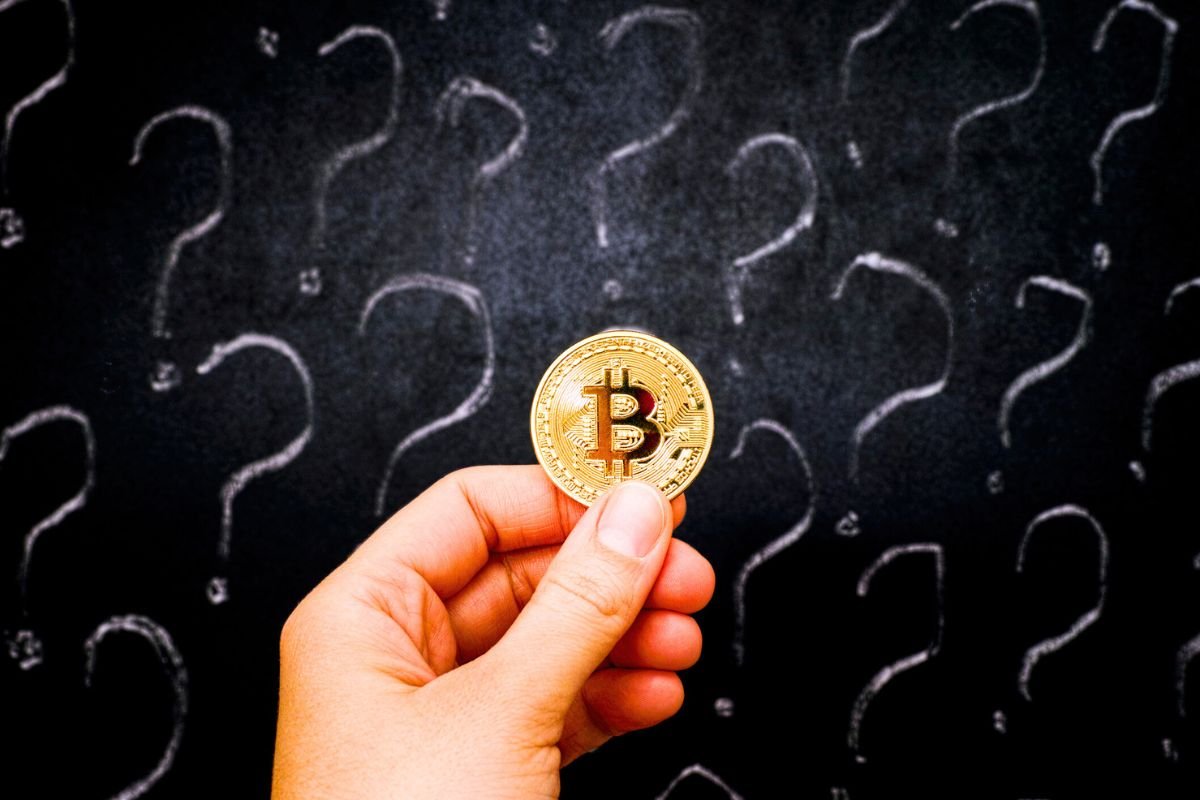
Understand cryptocurrency in just 10 minutes with this simple guide
- Why Happiness Is the Real Currency—Better Than Any Crypto Investment - November 11, 2025
- How to start investing in cryptocurrency the smart way - September 1, 2025
- The 5 mistakes to avoid if you want to invest in crypto safely - August 31, 2025
Bitcoin, Ethereum, blockchain… These buzzwords have worked their way into everyday conversations, yet for many, they remain frustratingly vague. What exactly is a cryptocurrency? Is it digital gold? A tech fad? Or the future of finance? If you’re still trying to make sense of it all, this quick guide will give you a solid grasp of the essentials—without the jargon overload.
So, what is cryptocurrency?
At its core, a cryptocurrency is a form of digital money. Unlike pounds, euros, or dollars, it doesn’t exist in physical form and isn’t controlled by a central bank. Instead, it lives on a decentralised computer network, where transactions are processed by users themselves through a system known as peer-to-peer technology.
Security is key. These currencies use advanced cryptographic protocols to keep transactions secure and control the creation of new coins. Rather than trusting a bank, you trust mathematics—and a distributed network that verifies everything.
A volatile but fascinating history
Bitcoin (BTC), the first and most famous cryptocurrency, was launched in 2009 by a mysterious figure named Satoshi Nakamoto. Its rise has been anything but smooth. From modest beginnings, Bitcoin saw wild price swings—soaring to nearly €20,000 in 2017 before crashing and then climbing again in later years.
It’s not alone anymore. Other major coins like Ethereum (ETH), Litecoin (LTC), and Monero (XMR) have entered the scene, each with their own unique features. Ethereum, for example, introduced smart contracts—automated, programmable agreements that run on its blockchain.
How does cryptocurrency actually work?
When you send or receive cryptocurrency, you’re using a digital wallet. But contrary to what the name suggests, your wallet doesn’t hold coins. Instead, it stores your private keys—the digital credentials that give you access to your funds. The actual currency exists on a blockchain, a kind of decentralised ledger that records every transaction made.
To process these transactions, the network relies on users known as miners, who use powerful computers to verify activity and maintain the system’s integrity. In return, they earn a small amount of the currency. This process is known as mining.
Blockchain: the engine behind crypto
Think of the blockchain as an enormous spreadsheet distributed across thousands of computers. Every time someone sends or receives crypto, a record of that transaction is added to a block. When a block is full, it’s added to the chain—hence the name.
What makes this special is that once a block is added, it can’t be altered without the agreement of the entire network. That makes blockchains extremely secure and tamper-resistant, and one of the reasons why cryptocurrency is seen as a trustworthy alternative to traditional finance.
Why cryptocurrency is different
Unlike traditional currencies, crypto has no physical form. It can’t be printed or minted, and its supply is usually capped—Bitcoin, for instance, is limited to 21 million coins. That means it can’t be inflated like fiat currencies.
You also don’t need a bank to store it. If you hold your private keys, you own your money—no middleman required. This makes cryptocurrencies attractive in regions with unstable financial systems or limited banking access.
Real-world uses (and challenges)
Cryptocurrency isn’t just theoretical. Today, it’s used to buy goods, pay for services, invest, and even reward customer loyalty—Burger King Russia famously launched its own coin, the Whoppercoin, for customers to earn with every rouble spent.
Some countries, like Estonia, considered launching their own national digital currencies. Others, like China, have cracked down on crypto trading platforms, citing economic risks.
Risks and regulation
As with anything new and disruptive, cryptocurrency has sparked strong opinions. Supporters see it as a secure, decentralised financial revolution. Critics worry about hacking risks, the use of crypto for illicit activity, and the lack of central oversight.
Because of its anonymity and decentralised nature, regulators around the world are now working to establish clearer rules, particularly around anti-money laundering and fraud prevention.
So, where does that leave us?
Despite its rocky road, cryptocurrency is here to stay. Its decentralised structure, global accessibility, and built-in transparency continue to attract interest from developers, investors, and even governments.
Whether you’re considering a small investment, planning to accept crypto payments, or just curious about the tech, understanding the basics is the first step. In a world where finance is evolving fast, 10 minutes of learning today could pay off well into the future.
You may also like
Calendar
| M | T | W | T | F | S | S |
|---|---|---|---|---|---|---|
| 1 | 2 | 3 | 4 | 5 | 6 | 7 |
| 8 | 9 | 10 | 11 | 12 | 13 | 14 |
| 15 | 16 | 17 | 18 | 19 | 20 | 21 |
| 22 | 23 | 24 | 25 | 26 | 27 | 28 |
| 29 | 30 | 31 | ||||


